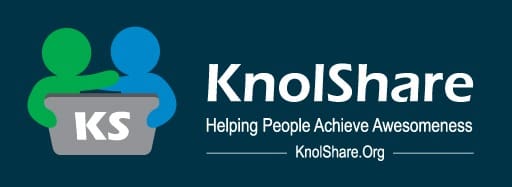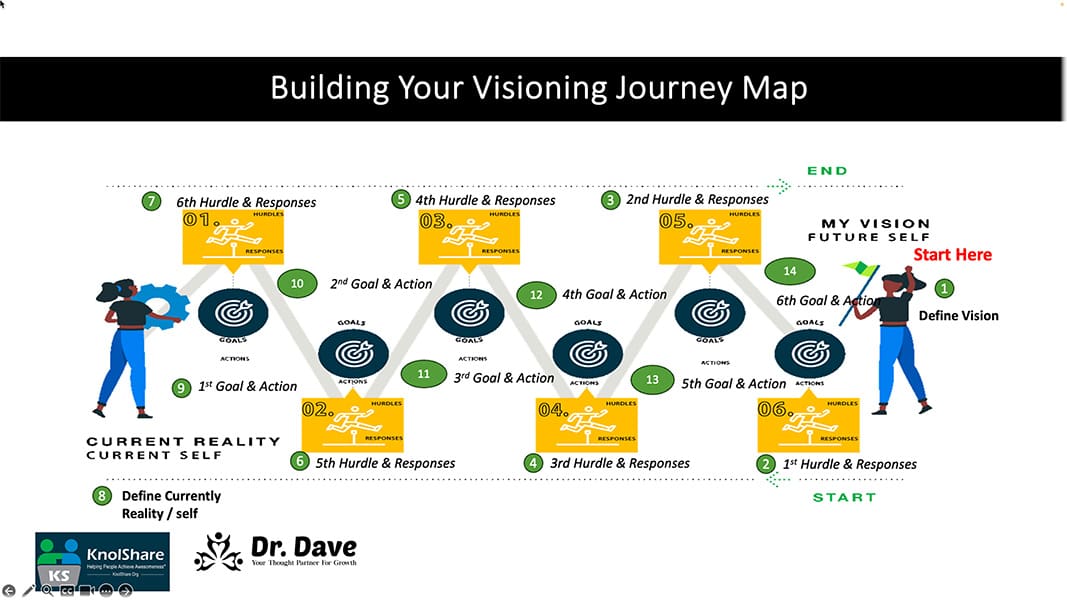Dr. Dave 2023 Articles on Forbes.com
Generative Agile Leadership: What The Fourth Industrial Revolution Needs
Summary
Publish Date: 30-OCT-2023
The Fourth Industrial Revolution (4IR) revolves around AI, machine learning, and robotics. Given this era's volatile, uncertain, complex, and ambiguous (VUCA) nature, generative and human-centered leadership is essential. With four generations working simultaneously, distinct leadership styles cater to each. Generative leadership, defined as leading with the head, heart, and hands, is recommended for this multi-generational workforce.
The "head" symbolizes innovation, the "heart" represents a people-positive approach, and the "hands" focus on fostering an environment for team growth. Building on this, eight Generative Agile Leadership (GAL) principles are introduced:
- Embrace an abundance mindset.
- Concentrate on collective willingness and capability.
- Trust teams to meet mutual goals.
- Celebrate or learn as a unified team.
- Engage in constructive conversations.
- Test and assess hypotheses.
- Learn from failures.
- Prioritize enjoyment and fun in work.
These principles derive from Peter Senge's learning organization concept and Ron Westrum’s organizational cultures. The learning organization emphasizes capacity-building, while the generative model prioritizes high trust and low blame.
Delving deeper:
- "Head" principles: Foster a learning culture by recognizing everyone's growth potential and treating failures as learning opportunities.
- "Heart" principles: Establish a collaborative atmosphere, entrust team members with responsibilities, and promote the exchange of ideas.
- "Hands" principles: Encourage adaptive practices and risk-taking, embrace both wins and losses and create a positive, fun working environment.
Conclusively, traditional leadership models may need to be more effective in the 4IR. The generative leadership approach, focusing on personal growth and a learning environment, is apt for the diverse workforce. Such leadership ensures motivated employees, consistent value delivery, and a prosperous, ethical business model. For optimal results, leaders should balance the application of head, heart, and hands.
How To Integrate AI Into Your Coaching
Summary
Publish Date: 26-Sep-2023
Artificial intelligence (AI) is becoming prevalent in various industries, including organizational coaching. Geoffrey Hinton, a key figure in deep learning, has expressed concerns about AI misuse, but the author believes AI can still bring considerable benefits to coaching. Potential applications include:
- Coaching Relationship Agreement: AI can transcribe initial interactions between coach and client. This transcript is then analyzed by another AI tool to generate contextual questions and metaphors, assisting the coach in guiding the client.
- Coaching Session Reflection: AI can offer feedback between sessions, providing the client insights when the coach is unavailable.
- Post-Coaching Follow-Up: AI can play a role in maintaining the relationship by offering personalized resources based on past sessions and securely storing client data.
However, there are challenges:
- The AI tool's recommendations may be inaccurate or harmful, as evidenced by the author's experience with a non-binary client.
- Data privacy is a major concern; ensuring both coach and client data remain secure is crucial.
- There are technical hurdles to integrating different AI tools, which can be expensive and require expertise.
In conclusion, AI can enhance coaching but should differ from the human touch. It's essential to prioritize people, ensure data privacy, and maintain trust between all parties.
Create A Visioning Journey Map To Help Your Organization Thrive
Summary
Publish Date: 20-Jun-2023
Leaders who need a clear vision face challenges such as misdirection, reduced motivation, difficulty in decision-making, poor resource allocation, inability to adapt to change, and challenges in attracting and retaining talent. A well-articulated vision boosts motivation, facilitates strategic decisions, and aids in identifying and responding to external opportunities and threats. Visualizing a vision and creating a journey map can guide leaders and their teams, fostering a culture of innovation and continuous improvement. For effective vision implementation, leaders should utilize metrics such as Objectives and Key Results (OKRs), customer satisfaction ratings, employee engagement scores, and changes in market share. A successful leader will articulate and engage stakeholders in the vision process, visualize their journey map, share it with the organization, and update it regularly, ensuring clear communication and maintaining alignment.
A clear and compelling vision is essential for effective leadership. With a defined vision, organizations can avoid misdirection, reduced motivation, poor resource allocation, and a failure to adapt to changing circumstances. Leaders should prioritize developing and communicating a robust vision to foster alignment, engagement, and strategic decision-making across the team. A well-articulated visioning journey map serves as a guide, helping teams visualize their goals and the path to achieve them. To ensure the realization and effectiveness of their vision, leaders can employ metrics such as Objectives and Key Results (OKRs), customer satisfaction ratings, employee engagement scores, and changes in market share. A leader's visioning journey map should be transparent, regularly updated, and communicated across the organization, involving all stakeholders for maximum alignment and success.
Assign Business Value To Your Program Increment Objectives
Summary
Publish Date: 13-Feb-2023
The article discusses the importance of assigning a business value (BV) in the Scaled Agile Framework (SAFe) during program increment (PI) planning. This practice helps align business owners (BOs) with value delivery teams. Assigning BV allows for dialogue between teams and stakeholders, allowing for a better understanding of business objectives. The scale used for BV assignment ranges from 1 (lowest) to 10 (highest).
However, there needs to be more clarity among business owners about the meaning of these BV values. The article references Brené Brown’s book, emphasizing that clarity is crucial. A practice called 'Clear Is Kind' is introduced to address this. This involves providing clear definitions and examples of BV items to help BOs align better with their teams. Examples range from resolving a low-priority customer request to increasing market share with a compelling solution. Feedback from executives indicates that this approach helps better understand and align business objectives.
The article also warns against the "weaponization" of BV, where teams working on lower-ranked BV items might be perceived as less competent. Comparing teams based on BV or velocity is not constructive. Instead, organizations should focus on the value each team delivers. The article concludes by emphasizing the benefits of clarity in BV assignments and encourages a learning mindset for better alignment and value delivery.
It’s Time For Business Leaders To Address Healing—The Missing Piece Of The DEIB Puzzle
Summary
Publish Date: 01-Jan-2023
The business world has progressed in understanding and implementing diversity, equity, and inclusion (DEI), and recently, the concept of "Belonging" has been emphasized. The article suggests that "healing" should be the next foundational element to be added to the DEI conversation. The inception of the DEI movement began in the 1960s, followed by the goal of inclusion in the 1980s and the concept of equity more recently. "Belonging" propels the idea of inclusion, allowing all employees to be completely authentic at work. Particularly for historically marginalized groups, healing is essential to foster true belonging. The interconnectedness of individual well-being, especially in shared spaces like workplaces, means the emotional and psychological wounds of one affect all. The COVID-19 pandemic further highlighted the intertwined nature of individual and collective health. Addressing healing in corporate environments will bolster inclusivity initiatives. There are numerous actions business leaders can take toward healing outcomes, such as creating a culture of belonging, adopting the ubuntu philosophy, emphasizing compassion, and supporting self-help groups. Measuring the effectiveness of these initiatives and being willing to innovate is crucial. Just as businesses innovate in products, they should also build a culture, making the workplace a setting for healing and growth.





